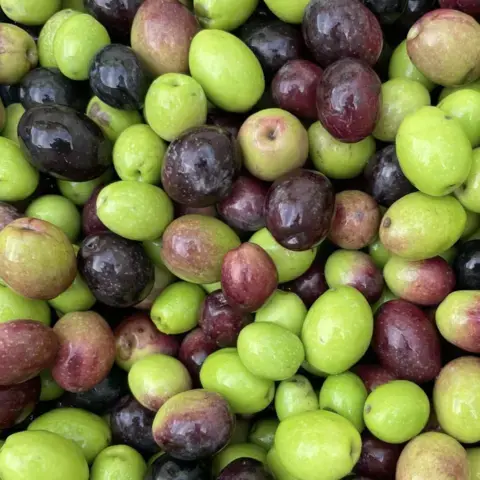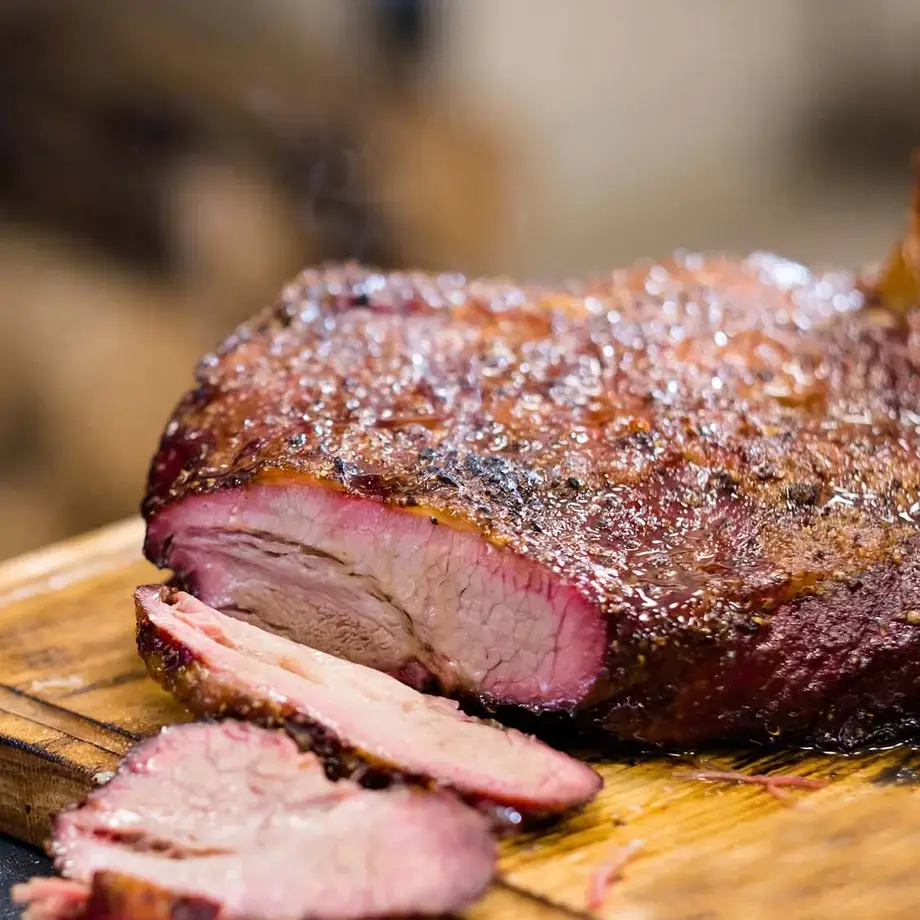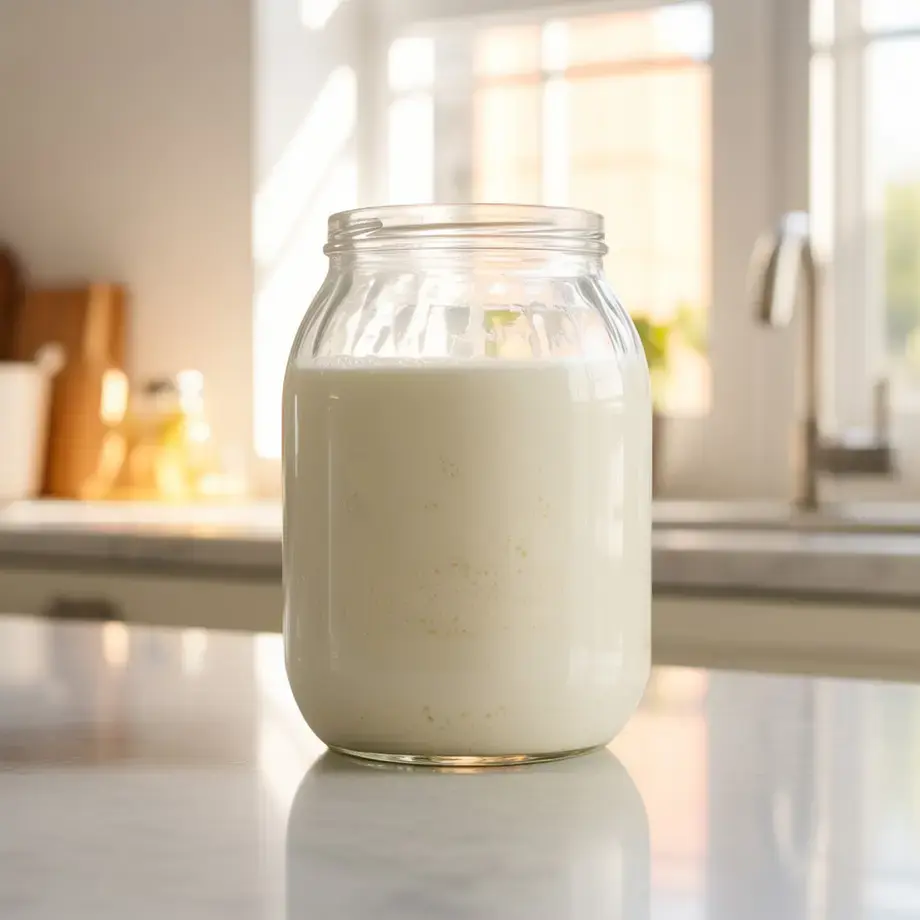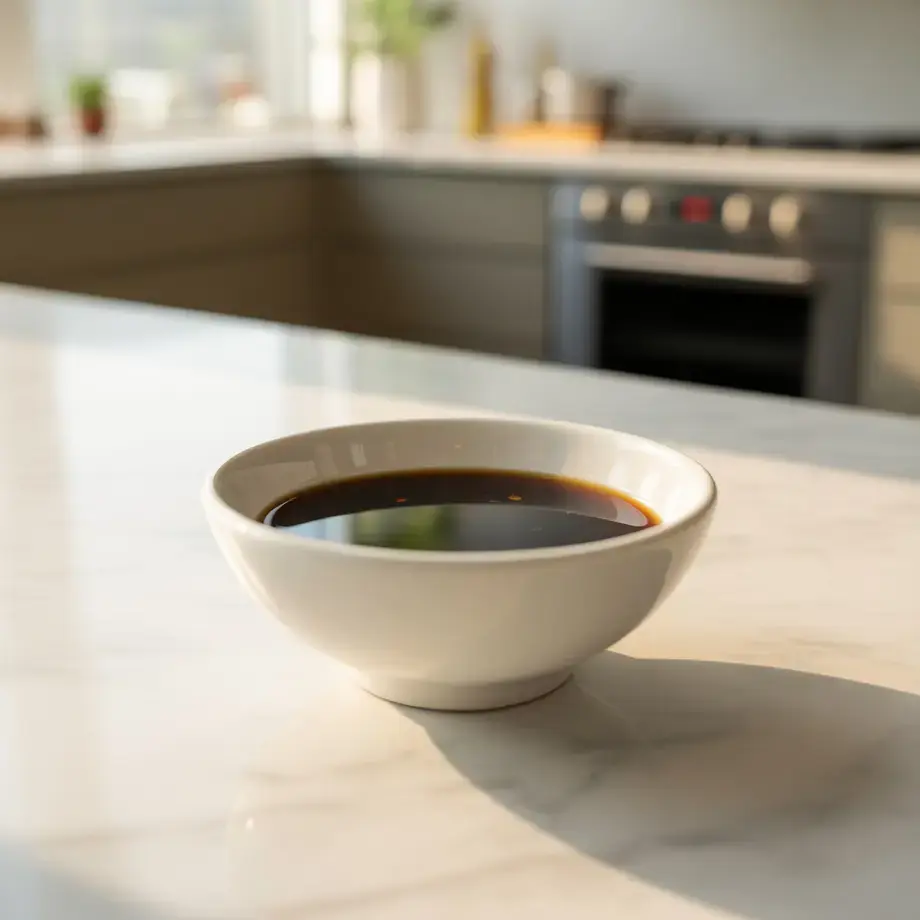Pam Weekes and Connie McDonald didn’t set out to create the most famous cookie in New York City. They were friends, triathletes, and bakers who opened a small bread shop on Manhattan’s Upper West Side in 1995—Levain Bakery, named for the French word for leavening. The cookie? That was an accident. A calorie-dense training snack they whipped up one day to fuel long bike rides. But once they started selling it in the shop, the response was immediate and overwhelming.
Thick as a hockey puck, crisp on the outside, molten in the middle, the Levain cookie redefined what a chocolate chip cookie could be—and kicked off an entire category of "gourmet cookie culture" that still echoes through bakeries across the country.
Over the decades, the cookie has achieved cult status. Tourists line up for it. New Yorkers ship it to ex-pats like care packages from home. And despite the company’s growth (they now have bakeries on both coasts), the Levain ethos hasn’t changed: do it by hand, use great ingredients, and never skimp on size or gooeyness.
Let’s get one thing straight, though: the real Levain cookie recipe is a closely guarded secret. “I can’t divulge the recipe,” Connie says. But what they will share is how to capture the feeling of the cookie—that decadent contrast of crispy, gooey, and just-barely-baked that’s made Levain an icon.
We sat down with Pam and Connie to get the okay-to-tell-secrets behind their iconic cookie—and how home bakers can recreate something close to that “OMG” moment in their own kitchens.



















